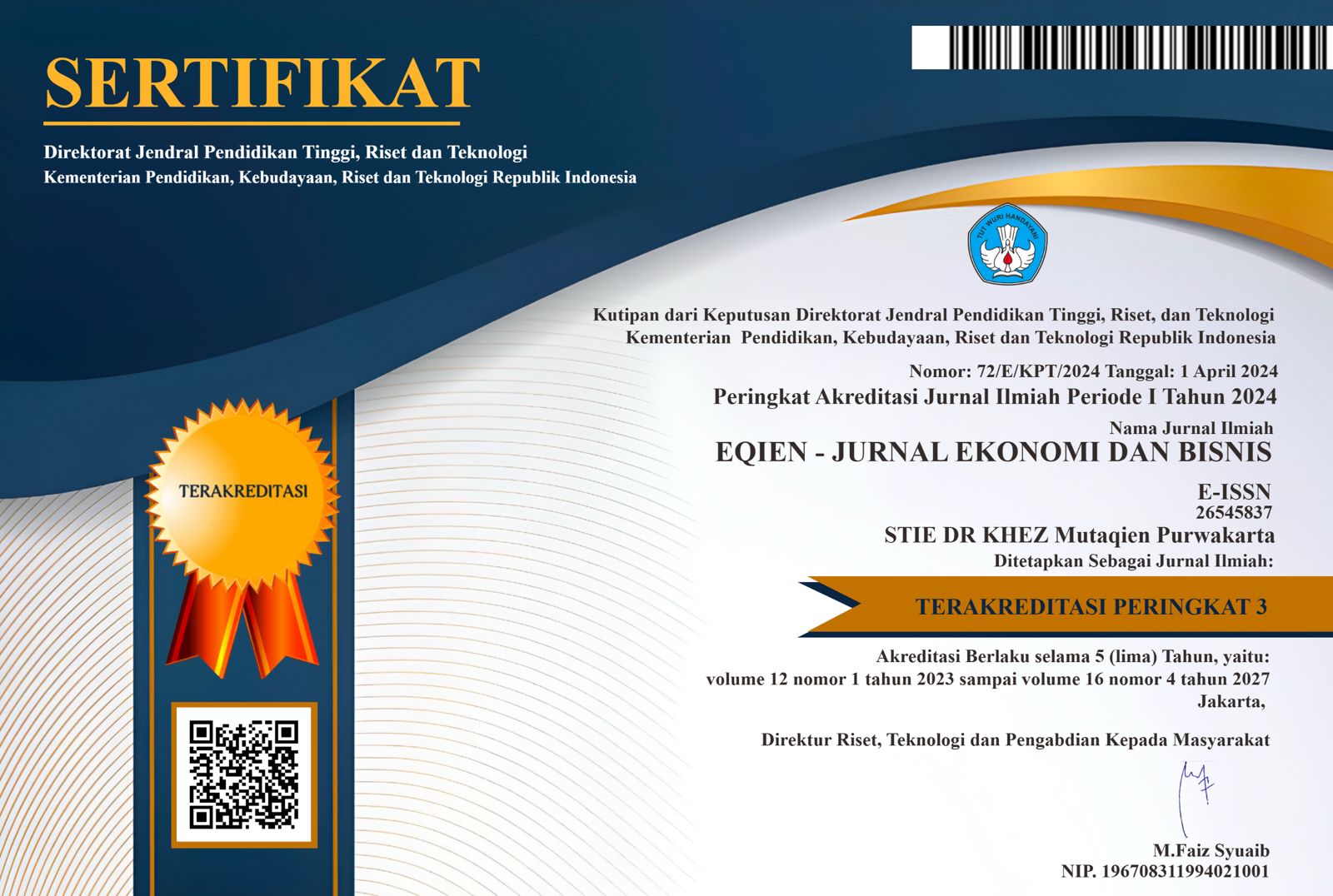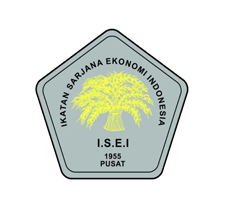DISAIN RUTE TRANSPORTASI DENGAN METODE SAVING MATRIX DALAM MEMINIMALKAN JARAK PENGIRIMAN
https://doi.org/10.34308/eqien.v9i2.395
Abstract
In distribution activities, decisions in choosing vehicle routes affect the effectiveness of mileage, travel costs, the number of vehicles that must be used and other factors in order to obtain optimal benefits while reducing distribution costs. This activity has various obstacles, especially the limited number of vehicle fleets and the limited vehicle load capacity. Therefore we need the right decision in determining the route. The variable is used in the distance between the distribution location, the length of each location distribution with the warehouse, and the amount of demand for each distribution location. The area of the company's distribution consists of 40 is the address of the consumer. In determining vehicle scheduling, the Saving Matrix method is used and is followed by the use of the Nearest Insert methods in determining the optimal route. The results obtained by the Saving Matrix method are fifteen routes. From the comparison of the sub-methods used, it was found that the Nearest Insert sub-method produced the minimum distance, namely 431.70 kilometers or 19.42% of the initial route distance and was more efficient up to Rp 689.077 or 28.77% based on the total transportation cost.
Keywords: Distribution, Farthest Insert, Nearest Insert, Nearest Neighbor, Saving Matrix










